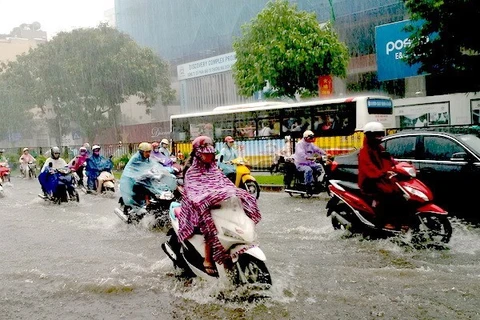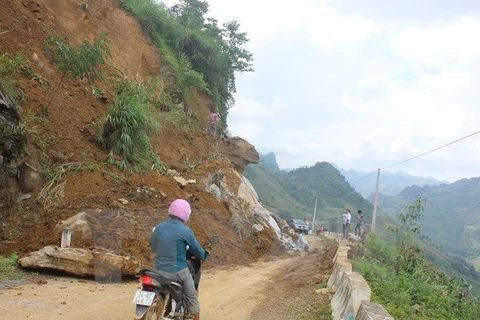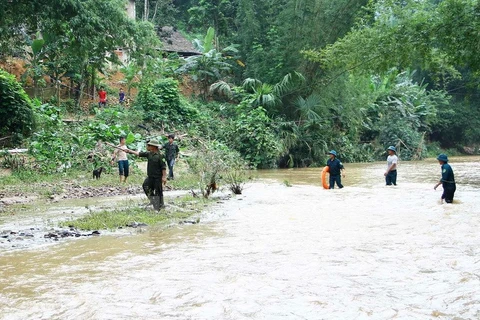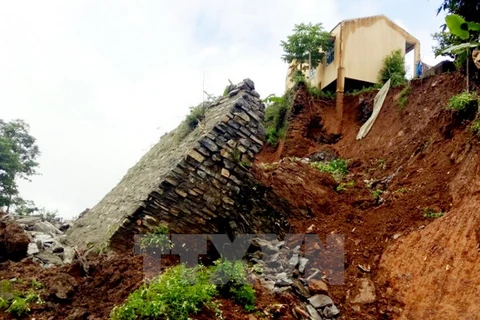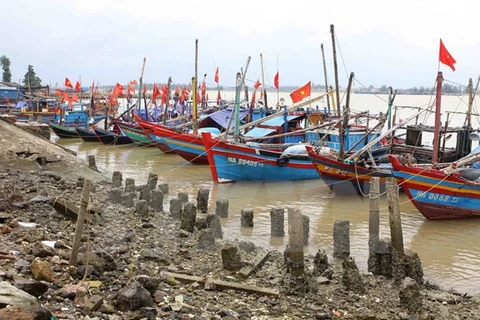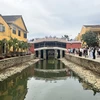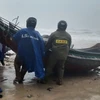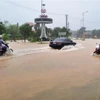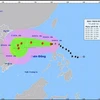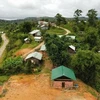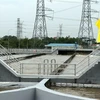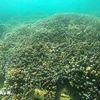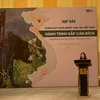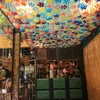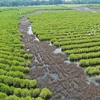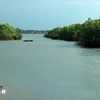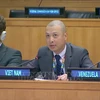Dong Nai (VNA) - Severe landslides along the Dong Nai River have forced the provinces of Dong Nai and Lam Dong to suspend all sand mining activities, including those by licensed projects.
The two provinces that the longest inland river flows through have witnessed the most hectic sand mining activities in the country.
The order to halt sand mining holds good for three months starting July 5.
The Dong Nai and Lam Dong administrations have said the temporary stop will be used to reassess remaining sand reserves in the Dong Nai and Da Quay rivers as well as the environmental status of the river banks that have been hard hit by landslides in recent years.
It is evident that overexploitation of sand in the Dong Nai River has deformed the riverbed, which has changed the water flow and hence eroded river banks, with hundreds of thousands of square metres of soil falling into the river.
According to a report by the Lam Dong People’s Committee, landslides on the Dong Nai riverbanks affected at least 11.75ha in Cat Tien district alone, with more than 107,500sq.m of soil disappearing in Quang Ngai commune, while Phuoc Cat 1 and Phuoc Cat 2 communes have lost more than 1,200sq.m and 8,800sq.m respectively.
Meanwhile, the Dong Nai Department of Natural Resources and Environment, has said that upstream sections of the Dong Nai River flowing through Tan Phu district and the Cat Tien National Park have been suffering worsening landslides. About 14ha of river banks have been lost so far.
While the havoc wreaked by landslides has pushed the Dong Nai and Lam Dong administrations to reduce their mining, there has been no dent in the over-exploitation because there has been no inspection or monitoring of the situation.
The two provinces have finally resorted to a temporary ban on all mining activities and agreed not to grant any licenses in the meantime.
If the ban is enforced and illegal mining is dealt with effectively, the Dong Nai River can get some breathing space for the next few months.
But whether the destruction will resume depends on how serious the authorities really are about saving the river for succeeding generations of residents.-VNA
The two provinces that the longest inland river flows through have witnessed the most hectic sand mining activities in the country.
The order to halt sand mining holds good for three months starting July 5.
The Dong Nai and Lam Dong administrations have said the temporary stop will be used to reassess remaining sand reserves in the Dong Nai and Da Quay rivers as well as the environmental status of the river banks that have been hard hit by landslides in recent years.
It is evident that overexploitation of sand in the Dong Nai River has deformed the riverbed, which has changed the water flow and hence eroded river banks, with hundreds of thousands of square metres of soil falling into the river.
According to a report by the Lam Dong People’s Committee, landslides on the Dong Nai riverbanks affected at least 11.75ha in Cat Tien district alone, with more than 107,500sq.m of soil disappearing in Quang Ngai commune, while Phuoc Cat 1 and Phuoc Cat 2 communes have lost more than 1,200sq.m and 8,800sq.m respectively.
Meanwhile, the Dong Nai Department of Natural Resources and Environment, has said that upstream sections of the Dong Nai River flowing through Tan Phu district and the Cat Tien National Park have been suffering worsening landslides. About 14ha of river banks have been lost so far.
While the havoc wreaked by landslides has pushed the Dong Nai and Lam Dong administrations to reduce their mining, there has been no dent in the over-exploitation because there has been no inspection or monitoring of the situation.
The two provinces have finally resorted to a temporary ban on all mining activities and agreed not to grant any licenses in the meantime.
If the ban is enforced and illegal mining is dealt with effectively, the Dong Nai River can get some breathing space for the next few months.
But whether the destruction will resume depends on how serious the authorities really are about saving the river for succeeding generations of residents.-VNA
VNA

